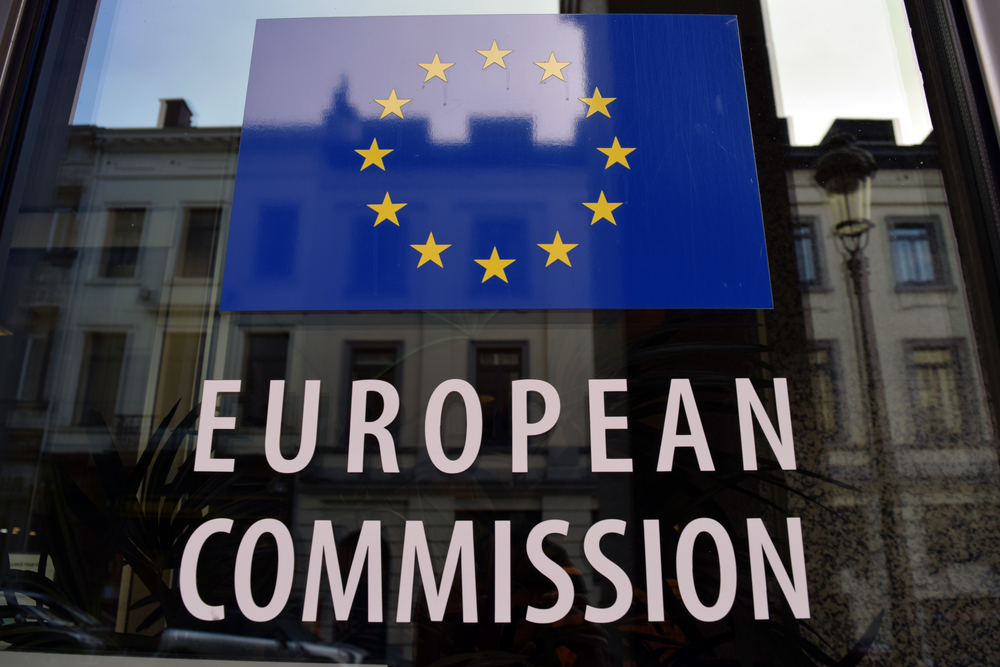Orladeyo Approved in EU as 1st Oral Treatment to Prevent HAE Attacks

The European Commission has approved BioCryst Pharmaceuticals’ Orladeyo (berotralstat) as the first oral, daily therapy to prevent swelling attacks in adults and adolescents, ages 12 and older, with hereditary angioedema (HAE).
An oral preventive therapy should be easier to take than standard under-the-skin and into-the-vein alternatives, and as such is expected to improve patients’ quality of life and independence.
“Most European HAE patients today treat their disease with on-demand therapy or androgens and we believe the approval of oral, once-daily Orladeyo provides an exciting new opportunity for these patients to reduce their burden of therapy by moving to prophylaxis [preventive treatment] with Orladeyo,” Jon Stonehouse, BioCryst’s president and CEO, said in a press release.
Medicines based on lab-made androgens (male hormones) are used for the long-term prevention of HAE attacks, and include Danocrine (danazol), Winstrol (stanozolol), and Oxandrin (oxandrolone).
“Orladeyo offers people with HAE in Europe and their physicians the first orally administered non-steroidal option for preventing HAE attacks and represents a vitally important and most welcome step in making more treatment options available,” said Henrik Balle Boysen, executive vice president and chief operating officer of HAE International, a global non-profit network of patient associations dedicated to improving the lives of people with HAE.
Health authorities in each European Union member state, as well as in Iceland, Norway, and Liechtenstein, will now decide separately whether to add Orladeyo to their respective public health programs, which allow patients to access treatments at low or no cost.
The oral therapy is expected to be available to eligible patients in Germany in the upcoming months, with launches in other European markets to soon follow. Orladeyo is also currently available to eligible patients in France through a temporary authorization for use, granted by the French National Agency for Medicines and Health Products Safety.
The European Commission’s decision comes about two months after the Committee for Medicinal Products for Human Use (CHMP), a branch of the European Medicines Agency, recommended Orladeyo’s approval. It also follows similar decisions in the U.S. and Japan for the same indication.
Orladeyo previously received fast track designation in the U.S., orphan drug and Sakigake designations in Japan, and orphan drug status in Europe — all meant to expedite its development and review.
A similar marketing application has been filed to the U.K.’s Medicines and Healthcare products Regulatory Agency, under a procedure allowing such a request to be made following a positive CHMP opinion.
Notably, HAE patients, ages 12 and older, in the U.K. currently have access to Orladeyo through an early access to medicines scheme, which allows patients with life-threatening or seriously debilitating conditions to use therapies not yet approved for commercial use.
Given as an oral capsule (150 mg) once a day, Orladeyo works by suppressing plasma kallikrein, a precursor of bradykinin — an inflammatory molecule overly produced in HAE patients, leading to sudden swelling and pain attacks.
As such, the therapy is thought to prevent bradykinin levels from rising too high and triggering attacks. Is oral route of administration is also expected to ease the burden of standard injectable treatments.
Orladeyo’s regulatory approvals were based on positive results from two ongoing clinical trials — the placebo-controlled Phase 3 APeX-2 trial (NCT03485911) and the open-label Phase 2/3 APeX-S trial (NCT03472040).
Both are investigating the therapy’s safety and effectiveness at preventing swelling attacks in HAE patients, ages 12 and older.
In APeX-2, 121 patients who had experienced at least two HAE attacks in the two months prior to the study’s start were randomly assigned to a daily capsule of either Orladeyo (110 or 150 mg) or a placebo for 24 weeks (nearly six months).
All 108 participants who completed treatment entered the trial’s extension phase, in which all received one of Orladeyo’s two doses for at least 24 weeks, totaling one year of treatment or longer for those initially assigned to the therapy.
Results showed that both therapy doses resulted in a rapid, significant reduction in the HAE attack rate, which was sustained through 48 weeks. While more than half of Orladeyo-treated patients saw their attack frequency drop by 50% or more, regardless of treatment dose, the higher, 150 mg dose showed the greatest benefits.
HAE patients who completed about one year of treatment with the high dose of Orladeyo saw their attack rates drop from a mean of 2.9 monthly attacks to one HAE attack per month.
Patients on the high dose of Orladeyo for about a year in the APeX-S trial had a mean of 0.8 attacks per month.
Orladeyo-treated patients also reported meaningful improvements in quality of life and overall satisfaction, in addition to requiring significantly less standard-of-care treatment and experiencing more symptom-free days than those given a placebo.
A joint safety analysis of APeX-2 and APeX-S involving a total of 342 patients, showed that the therapy was generally well-tolerated, with no new safety concerns identified, and with the most common adverse events being gastrointestinal problems.
These events generally occurred early after treatment initiation, became less frequent over time, and typically resolved on their own.





